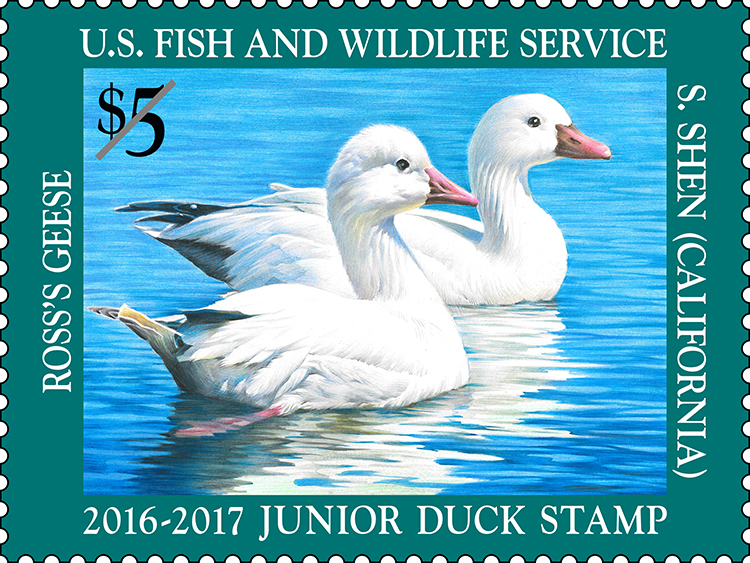Neonicotinoids are present in streams and waterways throughout southern Ontario. In a paper that will soon be published in the journal Chemosphere, Environment Canada scientists found that regions of the province with intensive vegetable, fruit and grape production have waterways with the highest concentrations of neonicotinoids. “At two sites in southwestern Ontario, the Canadian federal freshwater guideline value for imidacloprid (230 nanograms/litre) was exceeded in roughly 75 percent of the (water) samples collected,” the report said. Environment Canada staff tested water at 15 sites in Ontario, from 2012-2014, in an effort to monitor neonicotinoids in surface water near agricultural land. Health Canada’s Pest Management Regulatory Agency (PMRA) asked Environment Canada to collect the data because PMRA experts wanted more information on neonics.
In late November, the PMRA announced a plan to phase out the use of imidacloprid in Canada because the insecticide is putting aquatic insects at risk and may be jeopardizing birds and other species that rely on those insects for food. Scott Kirby, PMRA director general for environmental assessment, said data from provincial and federal agencies was “pivotal” in the department’s decision to phase out imidacloprid, which was once the most popular insecticide in the world. "Those studies have measured levels of imidacloprid in aquatic systems adjacent to agricultural areas that are well above the benchmarks that we consider protective to aquatic life.” In addition to the proposed ban, Health Canada announced a special review of two other neonicotinoid insecticides: thiamethoxam, a Syngenta product, and clothianidin, a Bayer product.
Neonics, as they are commonly known, are applied as seed treatment to almost all of the corn and canola planted in North America and a portion of soybean acres. Imidacloprid is applied to many crops, but in Canada is primarily used in fruit, vegetable, potato, tomato and greenhouse production.
John Struger, an Environment Canada scientist and lead author of the report, said the department detected neonics at all 15 test sites in Ontario. "We were concerned, or surprised, by how widespread the occurrence of them (is),” he said. “As a class of insecticides, we did not see such widespread distribution of say the organophosphate insecticides.” The highest concentrations, in surface waters, were found in southwestern Ontario, around Leamington. The Sturgeon Creek test site had an average imidacloprid concentration of 1,390 nanograms per litre, more than five times the government threshold of 230 nanograms per litre. The same site had a maximum detection of 10,400 nanograms per litre.
“This area of southern Ontario is also home to the largest concentration of commercial greenhouses in North America,” the report said. “In addition, 4.6 percent of the Sturgeon Creek watershed is dedicated to field tomato production.” Environment Canada also detected high levels of imidacloprid in a creek in the Niagara region, home to vineyards and orchards that rely on the insecticide.
In other agricultural areas of Ontario, where corn and soybeans dominate, the average concentration of imidacloprid was negligible. Many sites had less than five nanograms per litre. Environment Canada also tested water samples for thiamethoxam and clothianidin, which are neonics used as seed treatments on corn and soybeans. In regions where corn and soybeans are the dominant crops, the average surface water concentrations were typically 10 to 30 nanograms per litre for thiamethoxam and clothianidin.
Source: Producer, 8 December 2016
http://www.producer.com/2016/12/neonics-most-widespread-in-ontarios-hor…

- Login om te reageren
